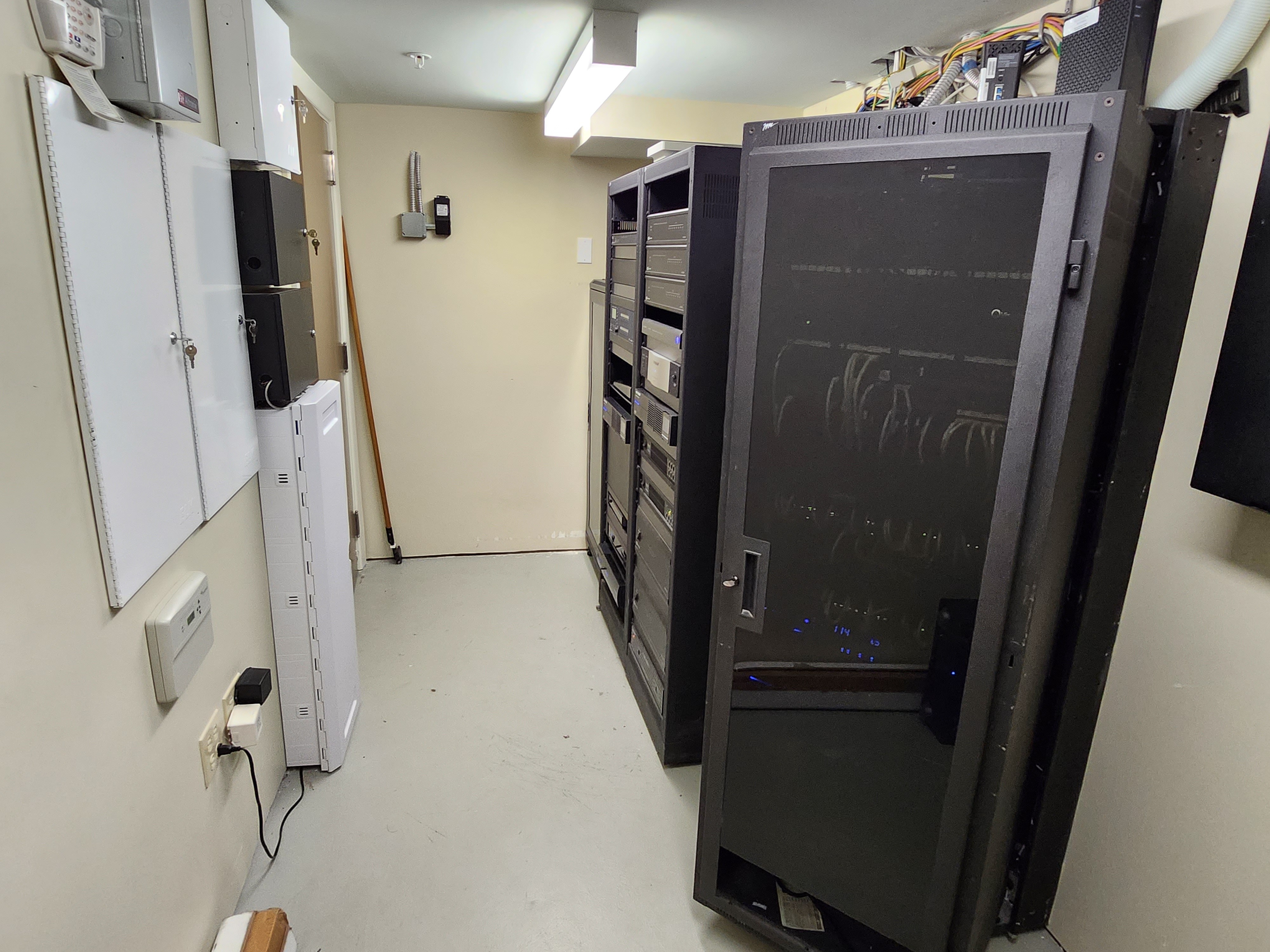IDF Rooms - The Backbone of Network Infrastructure
An Intermediate Distribution Frame (IDF) room plays a crucial role in the infrastructure of a building's network. Whether it's a small office, a large corporation, or a multi-story residential building, IDF rooms are essential for managing and distributing network connectivity efficiently. Understanding what an IDF room is and its significance can shed light on the backbone of modern network infrastructure.

What is an IDF Room?
An IDF room is a designated space within a building where network cables from the building's users are terminated and connected to the main distribution frame (MDF) or the data center. Typically, IDF rooms are strategically located to minimize the length of horizontal cabling, which connects the end-user devices to the network. These rooms house the intermediate equipment that connects the local cabling to the main cabling infrastructure, including switches, routers, and other networking devices.
Significance of IDF Rooms
IDF rooms are the nerve centers of a building's network infrastructure, serving several crucial functions:
- Cable Management. IDF rooms provide a centralized location for terminating and organizing network cables, making it easier to manage and troubleshoot connectivity issues.
- Network Flexibility. By housing the necessary networking equipment, IDF rooms enable flexibility in managing and expanding the network infrastructure to accommodate the evolving needs of the building's occupants.
- Reduced Cable Lengths. Placing IDF rooms in a building strategically reduces the overall length of horizontal cabling, which can improve network performance and reduce signal degradation.
- Network Segmentation. IDF rooms facilitate the segmentation of a building's network, allowing for more efficient management of different network segments and improving security and performance.
Components of an IDF Room
An IDF room typically contains the following components:
- Network Switches. These devices connect the network cables from the building's users to the MDF or data center, allowing for interconnection and communication between devices within the building and beyond.
- Patch Panels. These panels provide a centralized location for terminating horizontal cabling and connecting it to the network switches, facilitating organized cable management and easier troubleshooting.
- Racks and Enclosures. These house the networking equipment, providing a secure and organized space for the switches, patch panels, and other networking devices.
In essence, IDF rooms are the unsung heroes of a building's network infrastructure. Their strategic placement, organization of cabling, and housing of essential networking equipment are vital for ensuring efficient and reliable connectivity for the building's occupants. Understanding the role and significance of IDF rooms is crucial for anyone involved in designing, implementing, or maintaining modern network infrastructure.
Contact us today (310-827-2288) to discuss your IDF room installation needs in detail and explore the comprehensive suite of services Kudox Network offers for efficient and reliable network infrastructure in residential and commercial spaces.
